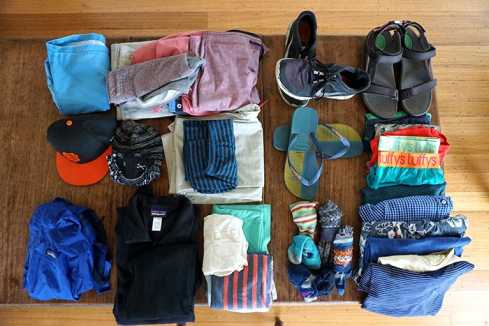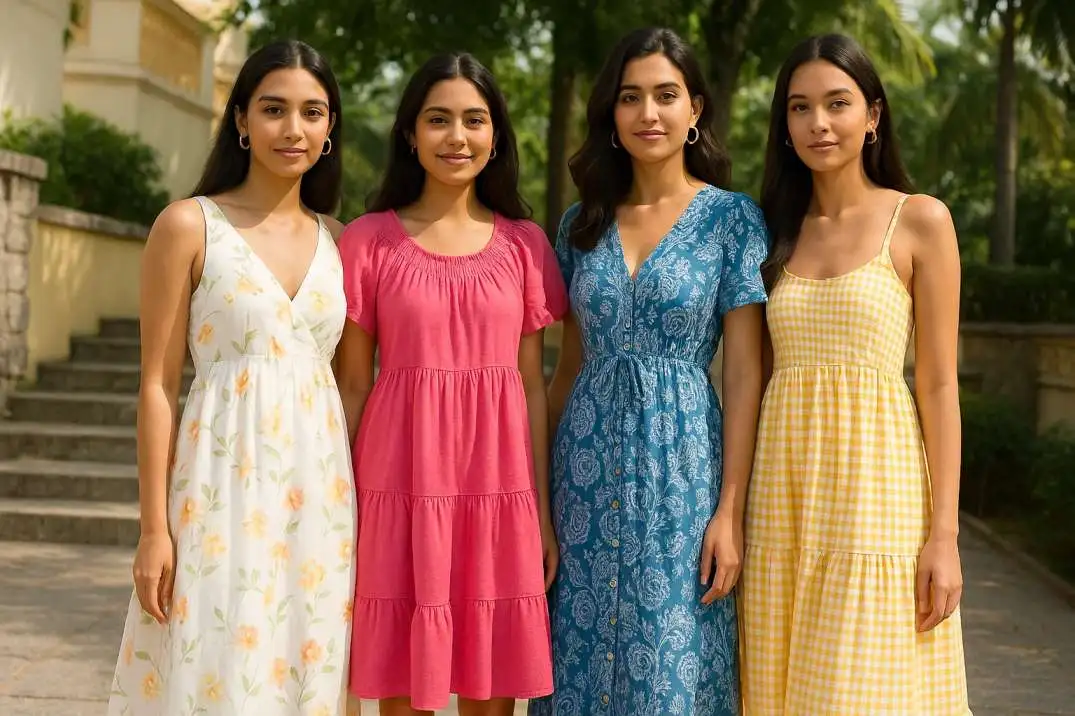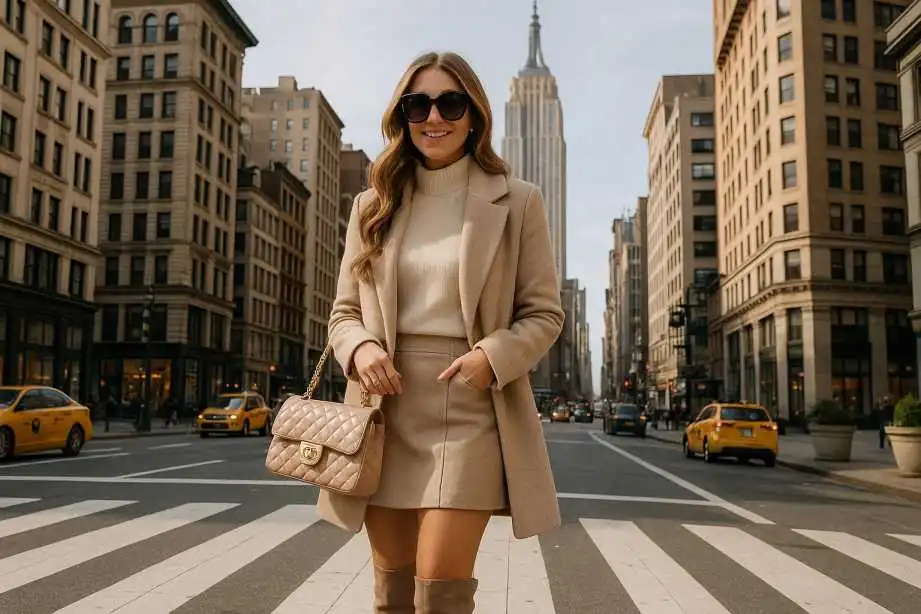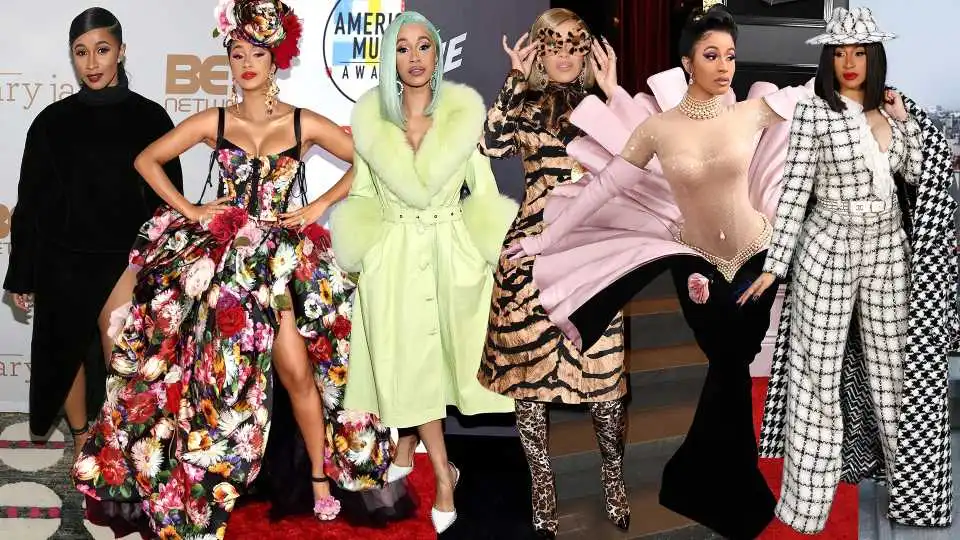What were the fashion trends for women in the 1920s? How did the 1920s mold offer assistance to make the Thundering Twenties thunder? Bernice had weaved her hair; French tennis star Suzanne Lenglen was fueling the sportif fever; the taste for all things Craftsmanship Deco carried over into mold; and Chanel had slipped ladies into something more comfortable—the Small Dark Dress.
The LBD was regarded as such a closet backbone that Fashion drew a comparison to Ford’s progressive Model T of 1908. In an article in our October 1, 1926 issue entitled "The Make a Big Appearance of the Winter Mode," Fashion captioned an outline of a dark, long-sleeved dress that fell fairly underneath the knees:The Chanel ‘Ford’—the dress that the world will wear—is made of 817 of dark crepe de chine.
A concordance of direct components that show up culled from the portrayals of the imminent Chrysler Building, these outlines made a difference in nourishing the Art Deco free-for-all.
What Were the Fashion Trends for Women in the 1920s?
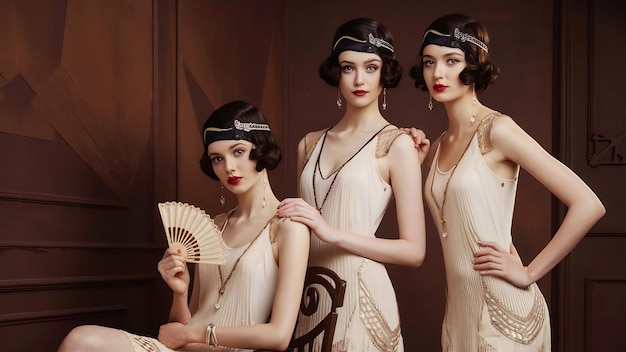
Fashion-wise, ladies were dressed in cloche caps, tubular outlines with drop midsections, and hanky hemlines strikingly skimming shins—which were on display for the first time for the exceptional to begin with. A breakdown of all these 1920s mold patterns and more is underneath.
Women’s Patterns of the 1920s
While the prototype lady of the 1920s fashion trends for women. However, prepared for a full-on menswear-inspired minute (that would take a few decades—about five, for Yves Saint Laurent’s Le Smoking.
Related Article: 2024 Spring Summer Fashion Trends for Men in New York
A play on words with the female article for the French “man,” La Garçonne-style pointed to unsculpting the female body, with outlines that hung over her curves—no squeezing or embracing. The sea too called for a shorter hemline, which had already been allowable, as it were, for youthful young ladies who might not, however, grasp their womanliness by means of fashion.
The house of Premet championed this stylish. In a February 1924 interview entitled “Interview with Couturiers,” Premet’s Charlotte Révyl commented on the gendered adjusting act of the La Garçonne:Nowadays, with cut hair, minor caps pulled down over the eyes. You necks or other small collars, long sleeves, and boyish figures—we have completely nothing ladylike cleared out, unless we see the lovely slim ankles.
The Do of the Decade
In 1915, artist Irene Castle, who purportedly cut her hair for ease taking after a surgery, kept her ear-length hair in place with a headband over her brow; it was such an unmistakable sight that it came to be known as the “Castle band.
Other paramount waves have a place for the vampy noiseless film star Louise Brooks, whose precise jet-black bounce stole hearts in 1928’s Howard Hawks Birds of Prey film A Young Lady in Each Harbour, and Josephine Dough Puncher, who slicked hers down with etched locks into kiss curls.
The scene wasn’t fair for ladies of the screen and organizers; it was a well-adopted fashion that went standard. By February of 1926, Fashion detailed: “In a week of evenings spentat keen eateries in Paris or New York, one might never see a single recognized head in the Woman Godiva convention. The sway rules.
What Fashion Trends Became Popular for Women in the 1920s?
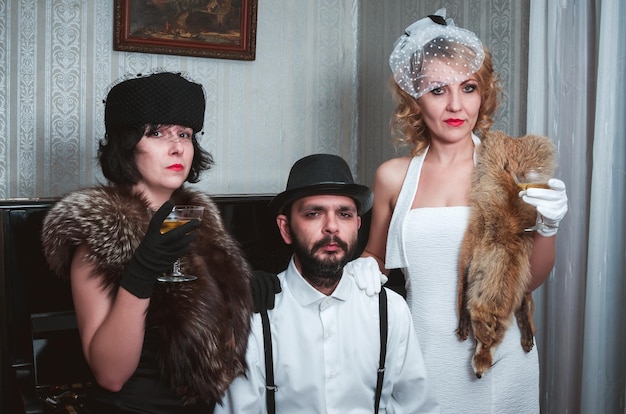
Shins Were on Show
Nary a knee was on display amid this period (it’s a common misguided judgment that flappers wore dresses over the knee) in spite of the fact that the brave flapper might have flashed them while situated!
Read Also: The Collina Strada Crushed-Velvet Cargo Pants for Men 2025
Hemline students of history cite 1926 as the crest of this slant, with dresses and skirt hemlines rising, beginning with skimming the lower legs, then up to the mid-shin, and then just underneath the knee. All the while, flesh-colored leggings sheathed the leg.
What Was a Flapper, Anyway?
The flapper scene was the winning drift, and flappers were those young ladies who dressed the part. But it’s a term with a bit of a backstory—some thought the term alluded to young people who selected to unfasten their boots, letting them fold with each step.
Others follow "flapper," back to a Victorian term utilized to portray (clutch your pearls!) youthful whores. It took a few thoughts to rebrand Flapper. In 1917 Fashion titled an article The Term ‘Flapper’ Carries No Stigma.” By 1920, Frances Marion discharged the film The Flapper, featuring Olive Thomas, and the rest was history. Each young lady needed to be a flapper.
A Modern Cap Fashion Came Calling
The fashion trends for women in the 1920s wouldn’t step outside without her cap. Come sunset, in any case, she’d take it off and leave it behind.
Taking after the rage for larger-than-average hotcake caps in the 1900s, the 10s and 20s saw a continuous contracting of ladies’ caps into the cloche fashion. Popularized by milliner Caroline Reboux in 1908, the cap fashion gets its title from the French word for “bell.” It was too much of a culmination of blending for the bob—a helmet-like cap for a helmet-like haircut.
ICYMI, Chanel’s LBD Revolutionized Wardrobes
Slick and extravagantly downplayed, Chanel’s 1926 small dark dress in a crepe de chine was completely advanced. The sea grasped dark as a design color after a long and pitiful history as the tint to grieve in.
Fabric-wise, the outline Chanel put forward may be developed in an assortment of materials, empowering a democratization of couture, seeing as it was exceptionally recreatable. The sea was such a pillar; the small dark dress was suitable for day and evening wear; shirt by day, chiffon by night—chic all day long!
The Sentiment Silhouette
Lesser celebrated, in spite of the fact that it was no less predominant, was another novel outline of the period named the Robe de Fashion. In keepingwith the time, this outfit showcased a bit of leg, but not at all like the tubular see; there was a bit of body.
The dress regularly included an assembled and sweeping skirt but with zero midriff on appearance. It appearstransparent, floaty, and profoundly ladylike.
French couturier Jeanne Lanvin is most related to the Robe de Fashion, but she was one of numerous originators who advertised a silly elective to the boyish La Garçonne look. In a 1923 highlight on French performing artist and design sweetheart Regina Camier, Fashion cites how “Aided and abetted by Lanvin Camier made numerous changes over to the Robe de Style.
Men’s Patterns of the 1920s
If, amid this decade, Paris gave the last word in womenswear, London set the tone for men—particularly a certain honorable man by the title of Edward VIII, at that point Sovereign of Great Britain.
Suits went down from three to two pieces, and pinstripes were a well-known choice, as were tweeds and woolen clothes—anything that evoked Savile Row fitting and English nation living, as epitomized by the Ruler.
Two gasp patterns maintain this tweedy style: the Oxford Packs (a wide-leg gasp said to be propelled by those worn by rowers at Oxford) and the plus-fours (worn for golf). On their heads? A Magritte-style bowler hat.
Final Thoughts
The Harlem Renaissance lit up the world and gave it something to tune in to, with jazz artists and bandleaders like Duke Ellington setting the soundtrack for the decade. The Great Gatsby 1920s fashion, “Runnin’ Wild,” gave the world the lively move.
The Charleston, and over in Paris, at the Folies Bergère, Josephine Dough, the puncher, was holding court. Talking of courts, in the world of tennis, French sensation Suzanne Lenglen joined up with couturier Lucien Lelong to serve a few major bold looks that carried over into ready-to-wear.


